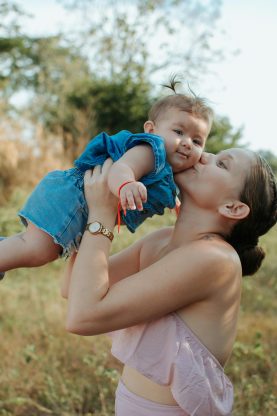Table of Contents
Importance of Safety Procedures
One of the most important aspects of babysitting is understanding the significance of safety procedures. By being aware of potential hazards and knowing how to prevent accidents, you can create a safe environment for the children you are responsible for. It is crucial to be proactive and attentive at all times to ensure the well-being of the children. Taking safety seriously is the first step in being a responsible babysitter.
On-Demand Childcare in Your Neighborhood
Book a Sitter
First Aid and CPR
Being prepared for emergencies is vital when caring for children. Every babysitter should be trained in basic first aid and CPR. Knowing how to handle common injuries such as cuts, burns, or choking can make a significant difference in an emergency situation. CPR training is essential in case of a child experiencing cardiac arrest. It is important to stay calm and act quickly in an emergency, and having the proper training can save a child’s life.
Emergency Contact Information
In case of an emergency, having the necessary contact information readily available is essential. Make sure to have the parents’ contact numbers, as well as the numbers for other family members or neighbors who can assist in case of an emergency. It is also important to know the address of the house you are babysitting at, as well as the nearest hospital. Being prepared with this information can help you react quickly and efficiently if an emergency arises.

Childproofing
Childproofing the home is another crucial safety procedure for babysitters. Make sure to inspect the house for potential hazards such as sharp objects, choking hazards, and poisonous substances. Keep all cleaning supplies, medications, and sharp objects out of reach of children. Ensure that the house is childproofed by securing cabinets, outlets, and furniture to prevent accidents.
By taking the time to childproof the home, you can minimize the risk of accidents and injuries.
Fire Safety
Being prepared for a fire emergency is essential when babysitting. Make sure to know the location of fire extinguishers, smoke alarms, and emergency exits in the house. Teach the children about fire safety and what to do in case of a fire, such as crawling low under smoke and having a designated meeting spot outside. Practice fire drills with the children so they know what to do in case of an emergency. By being proactive about fire safety, you can ensure the well-being of the children in your care.
In conclusion, being aware of these essential safety procedures can make you a competent and responsible babysitter. By prioritizing safety, being prepared for emergencies, and taking proactive measures to childproof the home, you can create a secure environment for the children you are responsible for. Stay informed, be prepared, and most importantly, prioritize the safety and well-being of the children at all times.










